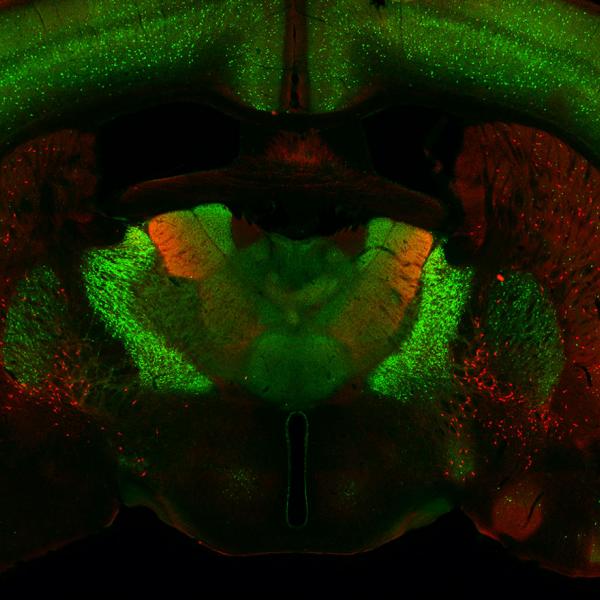Sensory-Evoked Spiking Behavior Emerges via an Experience-Dependent Plasticity Mechanism.
The ability to generate action potentials (spikes) in response to synaptic input determines whether a neuron participates in information processing. How a developing neuron becomes an active participant in a circuit or whether this process is activity dependent is not known, especially as spike-dependent plasticity mechanisms would not be available to non-spiking neurons. Here we use the optic tectum of awake Xenopus laevis tadpoles to determine how a neuron becomes able to generate sensory-driven spikes in vivo. At the onset of vision, many tectal neurons do not exhibit visual spiking behavior, despite being intrinsically excitable and receiving visuotopically organized synaptic inputs. However, a brief period of visual stimulation can drive these neurons to start generating stimulus-driven spikes. This conversion relies upon a selective increase in glutamatergic input and requires depolarizing GABAergic transmission and NMDA receptor activation. This permissive form of experience-dependent plasticity enables a neuron to start contributing to circuit function.
2023. Neural Comput, 35(9):1481-1528.
